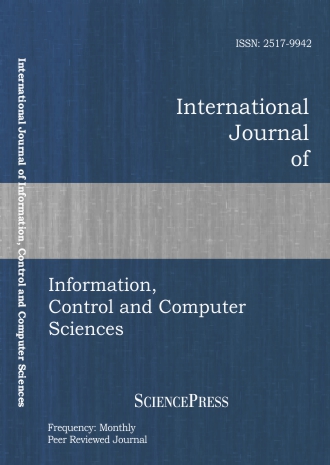
Scholarly
Volume:3, Issue: 4, 2009 Page No: 1208 - 1218
International Journal of Information, Control and Computer Sciences
ISSN: 2517-9942
STLF Based on Optimized Neural Network Using PSO
The quality of short term load forecasting can improve the efficiency of planning and operation of electric utilities. Artificial Neural Networks (ANNs) are employed for nonlinear short term load forecasting owing to their powerful nonlinear mapping capabilities. At present, there is no systematic methodology for optimal design and training of an artificial neural network. One has often to resort to the trial and error approach. This paper describes the process of developing three layer feed-forward large neural networks for short-term load forecasting and then presents a heuristic search algorithm for performing an important task of this process, i.e. optimal networks structure design. Particle Swarm Optimization (PSO) is used to develop the optimum large neural network structure and connecting weights for one-day ahead electric load forecasting problem. PSO is a novel random optimization method based on swarm intelligence, which has more powerful ability of global optimization. Employing PSO algorithms on the design and training of ANNs allows the ANN architecture and parameters to be easily optimized. The proposed method is applied to STLF of the local utility. Data are clustered due to the differences in their characteristics. Special days are extracted from the normal training sets and handled separately. In this way, a solution is provided for all load types, including working days and weekends and special days. The experimental results show that the proposed method optimized by PSO can quicken the learning speed of the network and improve the forecasting precision compared with the conventional Back Propagation (BP) method. Moreover, it is not only simple to calculate, but also practical and effective. Also, it provides a greater degree of accuracy in many cases and gives lower percent errors all the time for STLF problem compared to BP method. Thus, it can be applied to automatically design an optimal load forecaster based on historical data.